
Lang István
Laudate Hominem Cantata / Chamber Cantata / Musica Funebre / Monodia Per Clarinetto Solo / Quartetto D'archi No. 2
Compil. HU 1971 on Hungaroton label
Classical (Contemporary)
A1a - Nenia (Elképzelt Siratóének Az Emberiség Tagolatlan Beszédű Korából / Imaginery Lament From The Age When Mankind Was Inarticulate) A1b - Parte Principale (Sophokles: Antigone, 2. Kartétel Trencsényi Waldapfel Imre Fordítása Nyomán / Sophokles: Antigone, 2nd Choral Movement, After The Translation By Imre Trencsényi Waldapfel) A1c - Epilogo (József Attila: "Levegőt" c. versének utolsó három sora / Last 3 Lines of the Poem "Air" by Attila József) A tasakon: Vajda Lajos: Önfelmutató önarckép On the cover: Self exhibited portrait by Lajos Vajda István Láng (b. 1933), an outstanding talent among presentday Hungarian composers, studied at the Budapest Academy Of Music as a pupil of János Viski and then of Ferenc Szabó. Since 1958, he has been occupied with new musical trends, and during the last decade, many of his modern orchestral and chamber compositions have been featured in the programmes of European concerts and radio stations. For years he has also been the music director of the State Puppet Theatre. This recording presents a cross-section of István Láng’s compositions originating from the years between 1962 and 69. The earliest is the Chamber Cantata for soprano solo and four instrumentalists. It is based on two poems by Attila József, the great Hungarian proletarian poet who was active between the two world wars („In Whom Do You Believe”, „Without Knocking”). Both are love poems, the first expressing the cosmic suffering of unfulfilled love, and the second the happiness of warm love, even in poverty. This composition contains a whole range of stylistic features characteristic to Láng’s art. The forceful, animated melody, broken by agitated gestures and a melismatic vocal part, also appears, in new interpretations, in the best of his instrumental pieces. Chronologically the following work is MONODIA PER CLARINETTO SOLO (1965), originally composed as ballet music. Here Láng further developed the creative technique applied in the Chamber Cantata. The composition’s fibre, rich in contrasts, and its expressive gestures unfold from one single motivic germ. The STRING QUARTET (1966) is more complex and of a more elaborate structure than the two above mentioned works. In one single movement – actually divided into seven sections by an accumulation of microstructures – the composer encompasses the form and content of a classic string quartet on the one hand, and expresses the turbulent atmosphere of our age, on the other. The four main sections are linked by cadenzas. LAUDATE HOMINEM, composed in 1968, and MUSICA FUNEBRE, completed in 1969, are related to one another and to the chamber works reviewed above. Both compositions commemorate the victims of fascism. The expressive forceful melody rising above the now static, now dynamic plane of tonality, and the strictly compressed musical form link these two conceptionally related works to the earlier chamber music compositions. Musica Funebre is divided into six sections: Silenzio is a single resigned crescendo-decrescendo; the woodwind dialogue in Epitaffio is more personal in tone; the foregoing music is summed up in a variative manner in Double; Inno is the only fast movement in the composition, with the melody played on the trombone moving in close intervals and radiating an almost Bizantine atmosphere, heard throughout; after the staggering intensification and powerful emotional outburst of Esaltazione, the last movement, Consolazione nel dolore grande closes the composition by expressing slowly subsiding passion. The orchestra in Laudate Hominem does not include clarinets, horns, violins or cellos, that is soft „sentimental” instruments. The composition consists of three sections. The opening movement, Nenia, expresses the inarticulate, primeval suffering of mankind. The chorus only utters vovels and consonants. The middle section, Parte principale, is the apotheosis of man in an excerpt taken from the famous chorus of Antigone by Sophokles. The four, and then eight part choral movement constructed with strict contrapuntalism and enclosed by an instrumental framework, equally expresses emotion and intellect. The strongly rhythmic chorus lends a background and at the same time an interpretation to the narrator’s declamation. After a lengthy organ solo, the Epilogo is a calm and quiet revelation. The chorus in quoting the last lines of Attila József’s poem „Air”, praises freedom and order. Thus the dramatic structure of the composition leads from inarticulate emotions to a suitable musical expression of an order worthy of man. (János Breuer)
Musicians
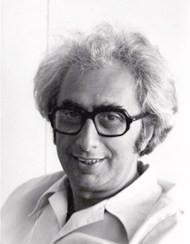 | Lang István , *1933 album by |
 | Árpád Szász vc, cello |
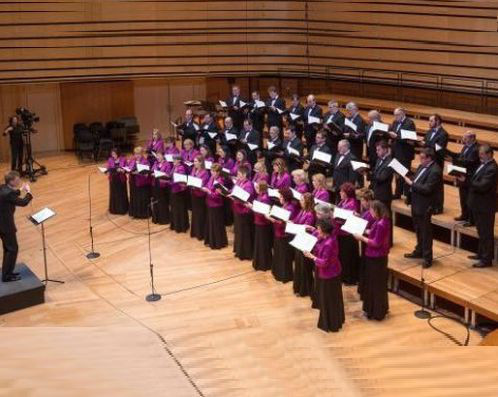 | Magyar Rádió És Televízió Énekkara , choir |
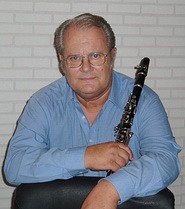 | Béla Kovács cl, *1937 HU clarinet |
 | Tibor Dittrich cl, clarinet |
 | Ervin Lukács , 1928-2011 HU conductor |
 | Janos Sandor vn, 1933-2010 HU conductor |
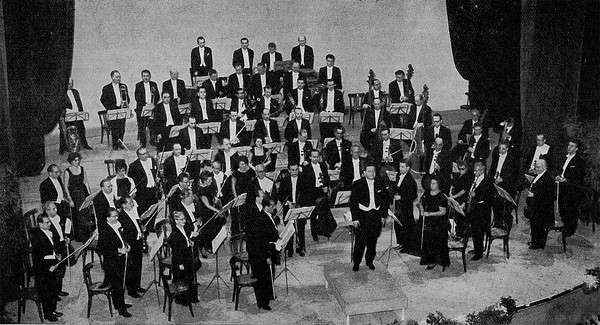 | Magyar Rádió És Televízió Szimfónikus Zenekara , orchestra |
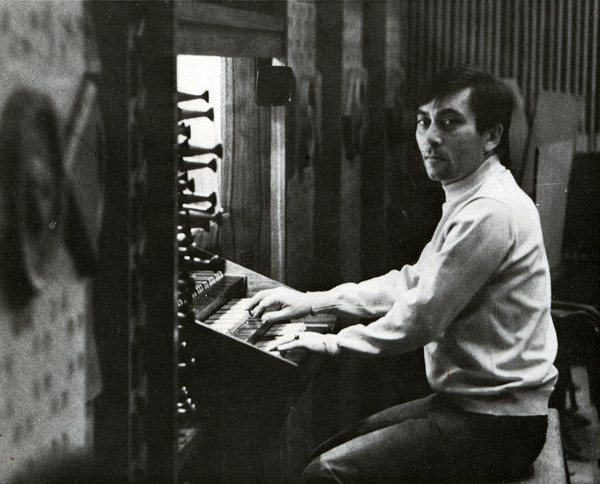 | Gábor Lehotka org, 1938-2009 HU organ |
 | Petz Ferenc perc, percussion |
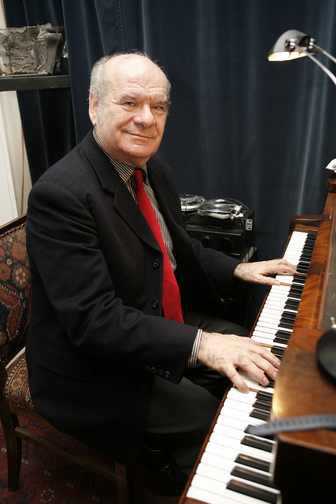 | Ádám Fellegi p, *1941 piano |
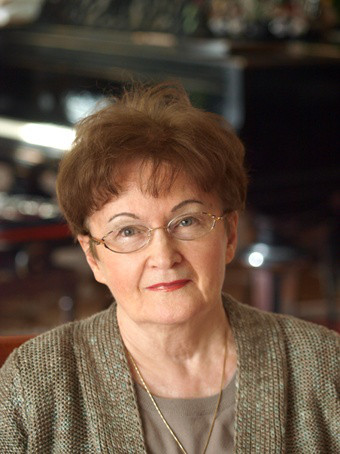 | Erika Sziklay p, voc, *1934 HU soprano vocals |
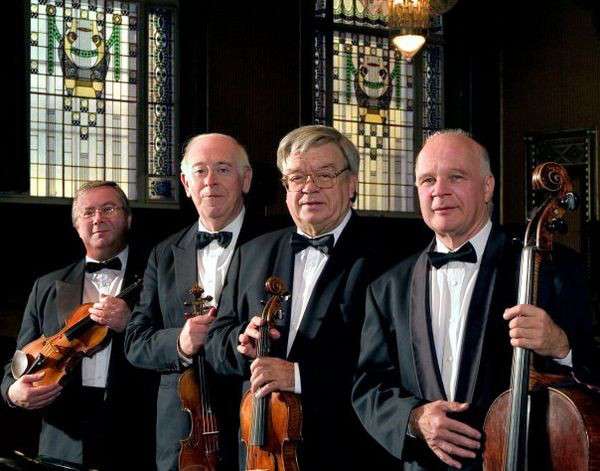 | Bartók Quartet , *1957 HU strings |
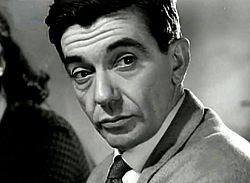 | Gábor Miklós , 1919-1998 HU voice, reciting |
Producers
| Endre Bánó design |
| János Lukács engineer, recording |
| Dóra Antal producer |
| István Juhász producer |
Composers
| Lang István |
Album Tracks
| No | Title | Artist | Composer | Duration |
|---|---|---|---|---|
| 1 | Laudate Hominem (Kantáta Három Részben / Cantata In Three Parts) | Lang István | 27:03 | |
| 2 | I. Nenia | Lang István | ||
| 3 | II. Parte Principale | Lang István | ||
| 4 | III. Epilogo | Lang István | ||
| 5 | Kamarakantáta József Attila Verseire, Énekhangra És Kamaraegyüttesre / Chamber Cantata On The Poems By Attila József, For Voice And Chamber Ensemble | Lang István | ||
| 6 | I. Miben Hisztek... / In Whom Do You Believe... | Lang István | ||
| 7 | II. Kopogtatás Nélkül... / Without Knocking... | Lang István | ||
| 8 | Musica Funebre Per Orchestra (Gyászzene Zenekarra / Funeral Music For Orchestra) | Lang István | 29:59 | |
| 9 | I. Silenzio | Lang István | ||
| 10 | II. Epitaffio | Lang István | ||
| 11 | III. Double | Lang István | ||
| 12 | IV. Inno ( In Forma Di Bar) | Lang István | ||
| 13 | V. Esaltazione | Lang István | ||
| 14 | VI. Consolazione Nel Dolore Grande | Lang István | ||
| 15 | Monodia Per Clarinetto Solo In Si | Lang István | ||
| 16 | Quartetto D'archi No. 2 (Il. Vonósnégyes / String Quartett No. 2) | Lang István | ||
| 17 | I. Allegro Fuoco E Ben Ritmico | Lang István | ||
| 18 | II. Allegretto Giocoso | Lang István | ||
| 19 | III. Adagio Molto | Lang István | ||
| 20 | IV. Allegro Agitato | Lang István |
